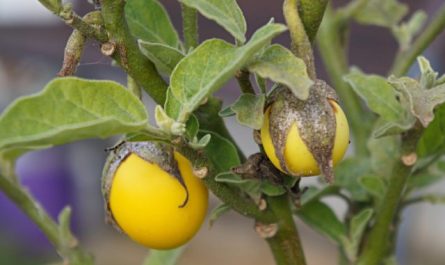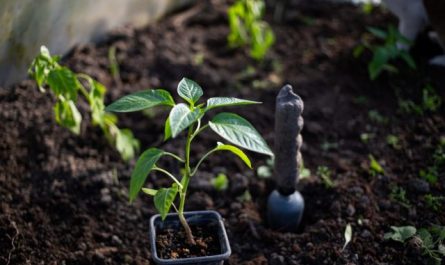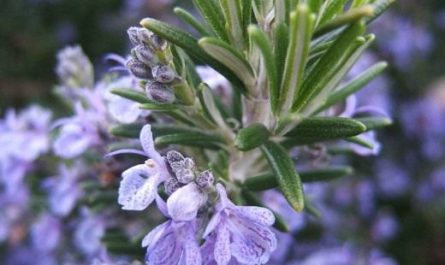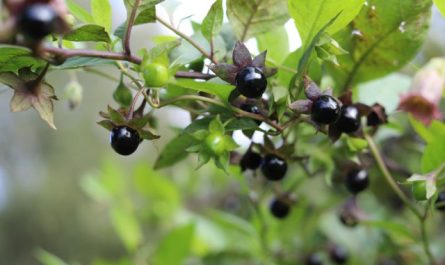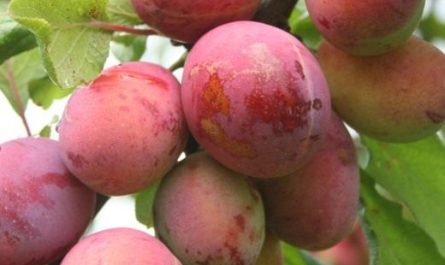Sugar beet is a variety of common root beet, belonging to the amaranth family. Common beet has been used as food since time immemorial (1st – 2nd millennium BC). The development of sugar beet varieties with increased sugar content began only at the end of the 18th century. And only at the beginning of the 19th century did they begin to produce sugar from sugar beet. At the same time, breeders were working to develop new varieties of beet with increased sugar content. Over 200 years, it was possible to significantly increase the sugar content in sugar beet (according to some sources by 20%, according to others – several times). The harvest of this highly productive (one hundred square meters can produce up to 500 kg of root crops), industrial and forage crop directly depends on the growing conditions. It requires warmth, humidity and a lot of sun. The most suitable zone for its cultivation are irrigated areas in the Black Earth Region. Georgia and Ukraine, along with Russia and Belarus, also actively grow sugar beets. Beets are cultivated, in addition to Europe, in North America, this plant is popular in Africa, the Middle East and Central Asia.

Beneficial features.
Traditional medicine since time immemorial, and later medical science, have recognized sugar beet as extremely useful. This plant contains many vitamins: PP, C and all B vitamins. Of the minerals in beet, iodine, iron, magnesium, copper, phosphorus, calcium should be mentioned. It contains bioflavonoids, pectins and a substance such as betaine. People who eat sugar beet increase their immunity, improve digestion and metabolism. Sugar beet “puts in order” the work of the cardiovascular system, because it has a positive effect on the production of hemoglobin, and also strengthens the walls of blood vessels. This product is highly recommended for atherosclerosis, anemia, hypertension and leukemia. Sugar beet is especially useful for all women who are responsible for their health and maintaining their youth. This product is also good for preventing mental disorders and removing toxins from the body.
Growing sugar beets.
Gardeners claim that it can be successfully grown in summer cottages and effectively used in their homes. The best predecessors of this high-yielding plant are potatoes, tomatoes, legumes, and corn. Sugar beet grows well next to beans, onions, cabbage, lettuce, and kohlrabi. For this reason, it can be densely planted together with the above-mentioned crops, alternating their rows. In this case, the yield increases, and the number of pests decreases significantly. It is not recommended to plant sugar beet after carrots, turnips, rutabagas, parsnips, and celery, since these plants have common pests and diseases.

Peatlands and sands are suitable for growing sugar beets, and the optimal soil is sod-podzolic, sod or sandy loam. The beds should be well warmed by the sun and adjacent to the above-mentioned accompanying crops. The planting time is calculated based on the soil warming temperature (6-8 degrees C). Furrows are prepared at a distance of 40 cm from each other. Their depth (2-5 cm) depends on the type of soil. For heavy (clay) it is less, for light (sandy and sandy loam) – more. Before planting, it is recommended to add complex fertilizer to the rows, which will contribute to more uniform shoots and improve their further development.
Beetroot has the peculiarity that several plants sprout from one seed, which requires mandatory thinning during their germination. To make the seeds sprout faster, it is recommended to soak them in a nutrient solution for a day. After rinsing, the seeds are covered with a damp cloth and kept for no more than 3 days, regularly wetting the cloth and maintaining a suitable temperature regime. After the emergence of shoots (on the 8-10th day), the first loosening and thinning is carried out, leaving the most developed, strong plants. Subsequently, in order to obtain a good harvest, at least 5 longitudinal and transverse inter-row loosenings are carried out, increasing the depth (up to 10-12 cm) as the root crops grow.
It is believed that the need for water in cultivated sugar beets is insignificant. Thus, after the beets have sprouted, it is enough to water the plants abundantly only a few times in the next 50-60 days to ensure their development. But starting in July, regular watering should be carried out every 7-10 days, because at this time there is intensive growth of leaves and root crops. After September 1, sugar beets usually have enough rain, but if the autumn is dry, then the lack of moisture should be compensated for by watering. If fertilizer was added to the beds during beet planting, then the plants are fed during the period of intensive leaf growth with nitrogen fertilizers (for example, ammonium nitrate at the rate of 15 g per 1 m².). During the period of root crop formation, it is necessary to provide the plants with phosphate and potassium fertilizers (10 g per 1 m²).
To combat pests, it is recommended to use folk remedies: wood ash, tobacco dust, mustard powder, water solutions infused for several days with crushed celandine or dandelion leaves.

Sugar beets should be harvested before frost. Root crops are removed from the ground very carefully so that they do not spoil during storage. After drying, the root crops are stored in a dry and ventilated room, placing them in boxes, sprinkled with sand.
Home uses of sugar beet.
There is a completely correct idea of sugar beet as a technical product used in the sugar industry. Waste from sugar production serves as raw material for obtaining citric acid, alcohol, glycerin and other products. But our ancestors successfully used sugar beet as food, including for cattle feed. Moreover, in very difficult times for the Russian peasantry (wars, years of famine), crops such as potatoes and sugar beet helped them survive. No matter how disparagingly armchair scientists assess subsistence farming as one of the most primitive, it, subsistence farming, helped peasants “make ends meet” for centuries, i.e. thanks to vegetable gardens and livestock, peasant families survived. Moreover, being taxed with all sorts of in-kind taxes, the peasants saved the growing population of Russian cities from starvation, and in Soviet times, the supply of products from peasant farms in the form of taxes (meat, butter, eggs, etc.) also helped the proletariat, working for the benefit of the industrialization of the country, without which (i.e. industrialization) the USSR, perhaps, would not have withstood the invasion of fascist Germany.

Nowadays, sugar beets are used in home cooking. Many dishes are sweetened with crushed sugar beets, such as jams, milk porridges, pastries, and compotes. Craftsmen make moonshine and syrups from them. Many of them advise peeling the beetroot before using it to improve its taste. Other craftsmen believe that it is enough to just wash the tubers thoroughly.
A sign that the root crops have finished growing is the yellowing of the lower leaves of the sugar beet. From this point on, you can start processing the root crops. The most common way of processing can be considered the preparation of syrup. The fact is that many consider refined sugar to be not a completely environmentally friendly product and prefer to use beet syrup instead as the most useful. To prepare it, the washed and peeled root crops should be grated on a coarse grater or cut into small pieces and placed in an enamel pan. It is desirable that the beets do not touch the bottom, then the syrup will be without bitterness. For 10 kg of chopped beets, it is enough to add 1,5-2 liters of boiling water. Beets should be cooked in a pan for 1 hour over moderate heat, stirring continuously. Some recommend cooking beets in a pressure cooker, believing that the quality of the resulting products will be better. The contents of the pan are cooled and squeezed out together with the liquid in which the beets were steamed using a press or a canvas bag. The squeezed pulp is again filled with hot water in a ratio of approximately 2:1, stirred and placed in the oven or stove for about 40 minutes. Then the juice is squeezed out again. All the resulting juice is filtered through several layers of gauze and placed on low heat to evaporate, stirring all the time. It is believed that the syrup will be of higher quality and taste better if the evaporation is carried out in a water bath. During cooking, the volume of juice should decrease four times, becoming similar to liquid jam. The finished syrup is poured into glass jars, which are tightly closed. To prevent it from becoming candied, 1 g of citric acid is added to every 1 kg of syrup. For long-term storage (more than 2 months), the syrup is placed in a cool place, or pasteurized at 90 ° C.
The pulp left after making the syrup can be fed to animals or poultry, which is the easiest way. But if you work a little more, you can make a pretty tasty food product out of it. For example, you can spread the pulp in a thin layer (1,5 cm) on a baking sheet, put it in the oven or stove at a temperature of 85°C. After half an hour, take it out, let it cool, and stir it. This operation should be repeated several times. Then the cooled product in bags is hung over batteries or other heating devices to dry out, not forgetting to stir it periodically. When it is ready, it is laid out in jars or bags for storage in a cool place. The resulting molasses can be used in a variety of ways at your discretion.





